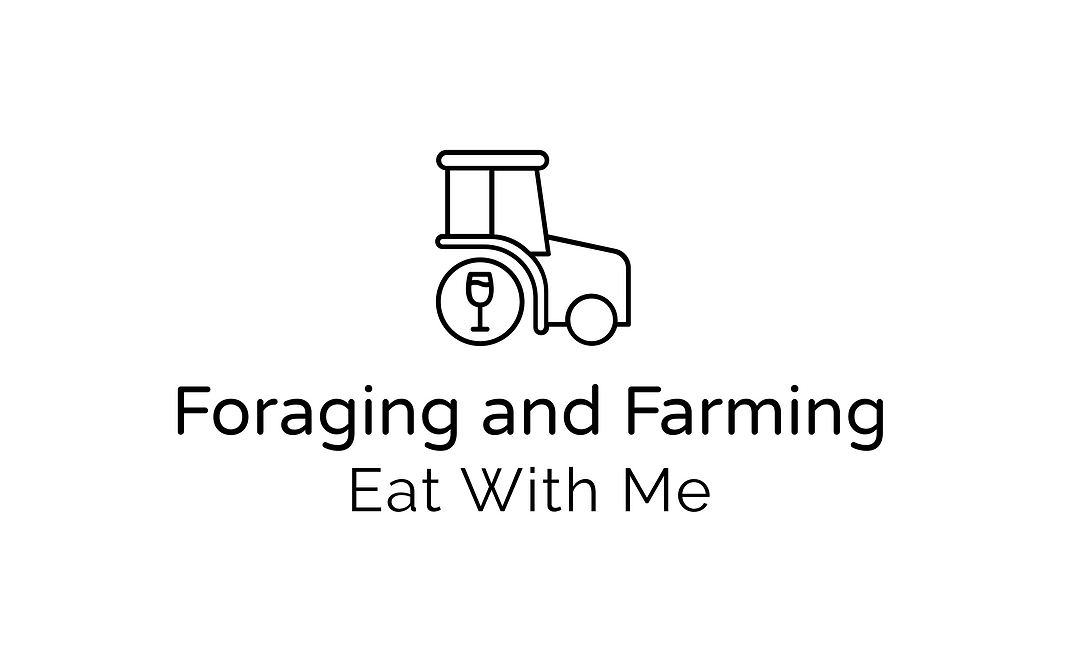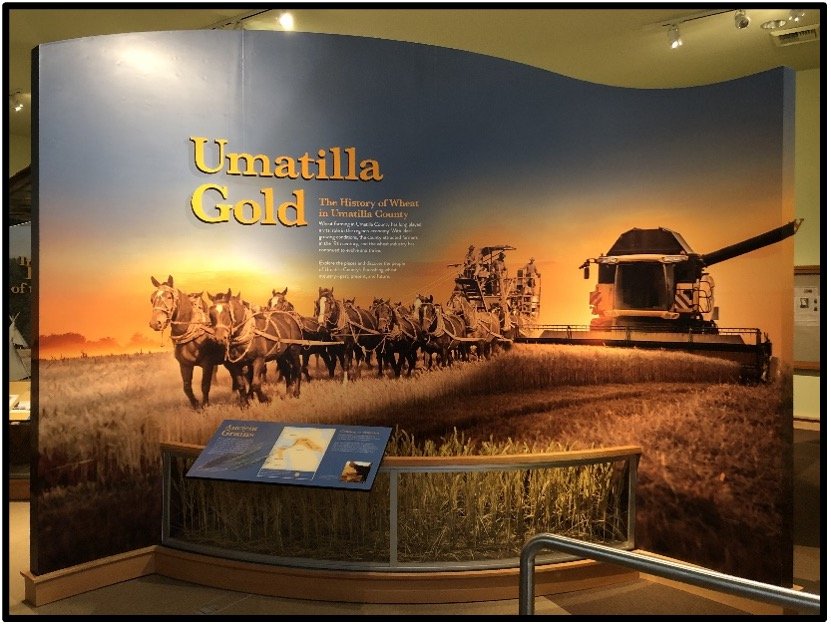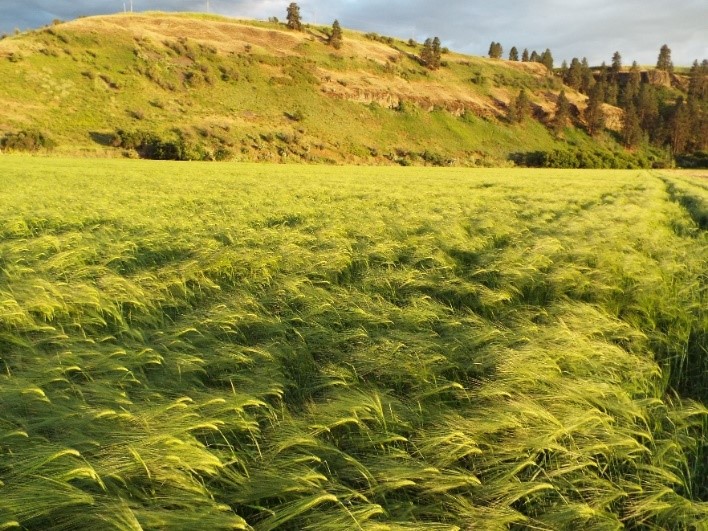Palouse Heritage was recently featured on the increasingly popular Foraging and Farming blog. Foraging and Farming author, Robin Bacon, shares stories about agriculturists and producers doing extraordinary things for our food system. We are honored and proud to have Robin write about us in order to spread awareness of the goodness of heritage grains.
Robin’s blog post explains how Palouse Heritage has revived the legacy of grain farming that originally came to the Pacific Northwest from the old world via the Hudson’s Bay Company. She also explains how we have partnered with other members of our local and regional food system to build a resilient model the delivers amazing flavors while prioritizing environmental and human health. Please take a moment to read Robin’s blog post about Palouse Heritage here.























